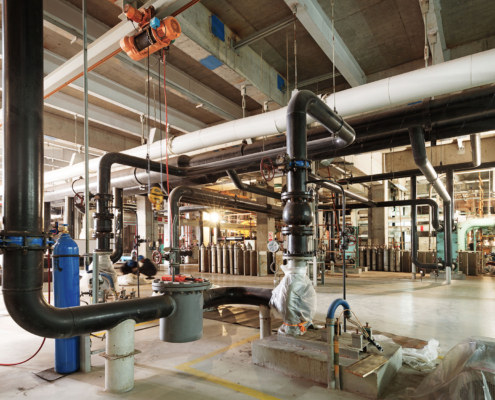California’s plumbing code landscape isn’t one-size-fits-all. From coastal counties with stormwater runoff rules to agricultural regions with wastewater disposal concerns, the requirements your facility must meet can vary drastically. Even similar facilities located just a few miles apart can face different inspection criteria or permitting guidelines based on their local jurisdiction.
That’s why having local expertise matters. Knowing what regulators look for, how often inspections happen, and how regional drought policies influence enforcement can help your team stay ahead. This local knowledge can be especially useful when planning upgrades, expanding your facility, or responding to an unexpected inspection. When you understand the nuances of local plumbing codes, you can act confidently and avoid unnecessary disruptions.
Navigating the commercial plumbing code in California means dealing with a patchwork of state mandates and regional policies. Compliance is not just about reading the rulebook—it’s about understanding how those rules apply to your industry, location, and infrastructure.
In Northern and Central California, that often includes:
- Annual inspections by local water authorities
- Drought emergency provisions that restrict water use
- County-specific plumbing permit requirements
- Green infrastructure mandates for new or renovated commercial properties
- Dual plumbing systems for reclaimed and potable water
- Enforcement variations across counties and cities
Local water districts may introduce updates or conservation measures based on drought status, making it essential for facilities to remain flexible and responsive. In some cases, regional authorities require additional documentation or inspection before approving plumbing upgrades or occupancy. Understanding these nuances is essential for staying ahead of compliance issues.
Compliance professionals and service providers with regional expertise can help interpret overlapping codes and adapt your facility’s plumbing strategy to meet both legal and operational requirements. Local insight is often the key to passing inspections, securing permits, and avoiding unexpected costs.





